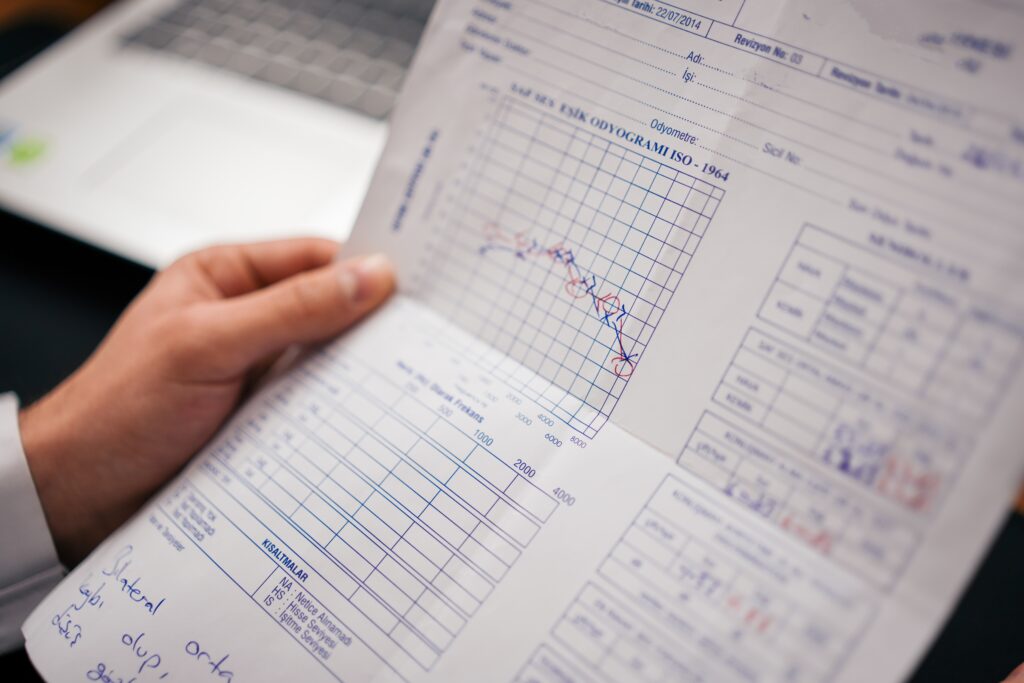Why should I Monitor My Energy Data?
Calculating an accurate baseline is one of the first steps in identifying the impacts of any changes or new services implemented on a system. The IPMVP (International Performance Measurement & Verification Protocol) is one of the most recognized frameworks for calculating energy reductions before and after implementation of projects. When considering the energy use in a building, many variables may need to be considered such as HVAC, AC, generators and more. Most importantly, understanding how to monitor and control some of these external factors allows for easy identification of energy draining processes which could be eliminated with better energy management practices or retrofitting with more efficient equipment. Monitoring and Targeting techniques also provide energy managers and users with feedback on operating practices, results of energy management projects and guidance on the level of energy use that is expected in a certain period.
Why is An Accurate Baseline Important?
Calculating energy savings generally includes subtracting the post retrofit or post project energy use from the base year energy use, or the baseline combined with any adjustments. Adjustments include any factors that could have a significant effect on the base year period. Routine adjustments are needed to bring post-retrofit energy use to the conditions of the base year. Thus, if your baseline is inaccurate, so will be the rest of your savings calculations.
How do I calculate a Baseline?
Ideally, you should have a detailed understanding of the drivers, or factors which will have an influence on energy use. A driver for a residential building could be the simple fact that there are people occupying rooms and a driver for buildings with AC loads could be the amount of cooling degree days in a season. In most cases, such as in a residential building, there are multiple drivers; AC loads combined with occupancy and others.

What factors should I include?
Drivers are usually independent variables such as weather, that have an overall impact on a building’s consumption. The significance of their impact on energy use can be assessed through mathematical modelling. Any parameters which could have a significant effect on the base year period should be included in a baseline calculation, this also includes parameters which may be less predictable but potentially significant.
Most importantly, is the consistency of the data collected for modelling purposes. All variables should be measured and recorded at the same time as energy meters, for example, weather data should be recorded daily if not hourly for an accurate analysis.
There are many analytical tools and formulas available to accurately calculate energy use and model consumption. Most used are regression analyses or performance models which can help describe the relationship between energy consumption and drivers with mathematical equations. The CUSUM or cumulative savings total model can create graphs that help indicate consumption patterns, we will cover this method in a future blog post. Below we’ve provided an example of how adjustment can be calculated from a retrofit.
Adjustment Calculation Example:
Source: International Performance Measurement & Verification Protocol
Problem: An office building boiler is replaced with a more efficient boiler. 95% of the load on the boiler is for building heating while 5% is for domestic water heating. There are no changes other than an improvement in boiler efficiency. No other equipment in the building uses gas.
Assumptions:
- Energy efficiency measures were drawn to only include boiler fuel systems, excluding the electricity associated with the boiler auxiliaries of burner and blower.
- An overall average efficiency of 65% was established for the boiler and the error in this assumption is not likely to exceed 5%.
- Base year conditions were chosen to be the load pattern of typical winter periods before ECM installation. Gas and energy flow meter readings were made daily and ambient temperature will be recorded by the building automation systems for the valid weeks. Gas meter direct readings will be corrected for pressure and temperature by the utility company’s factors for the corresponding period.
- Base year energy use was 35,200 × 10 3 ft 3 (1,000 × 10 3 m^3 ) of gas.
Cost of installing and commissioning the energy flow meter: $7,900.00
Cost of each year’s reading of efficiency, meter calibration and reporting: $4,000.00
Post retrofit analysis:
After installation and commissioning of the ECM, the efficiency results over the three one-week periods averaged to 80%.
The post-retrofit annual energy use for equation 1 is determined from the base year to be:

Where C is an unknown quantity needed to convert base year projected use of the new boiler to post retrofit conditions.
Savings:
Base year – post-Retrofit + C = Savings
35,200 – (26,410+C) + C = 8,790 ft m3 = 248.9*103 m3
Savings = 248.9 * 103m3 of gas

